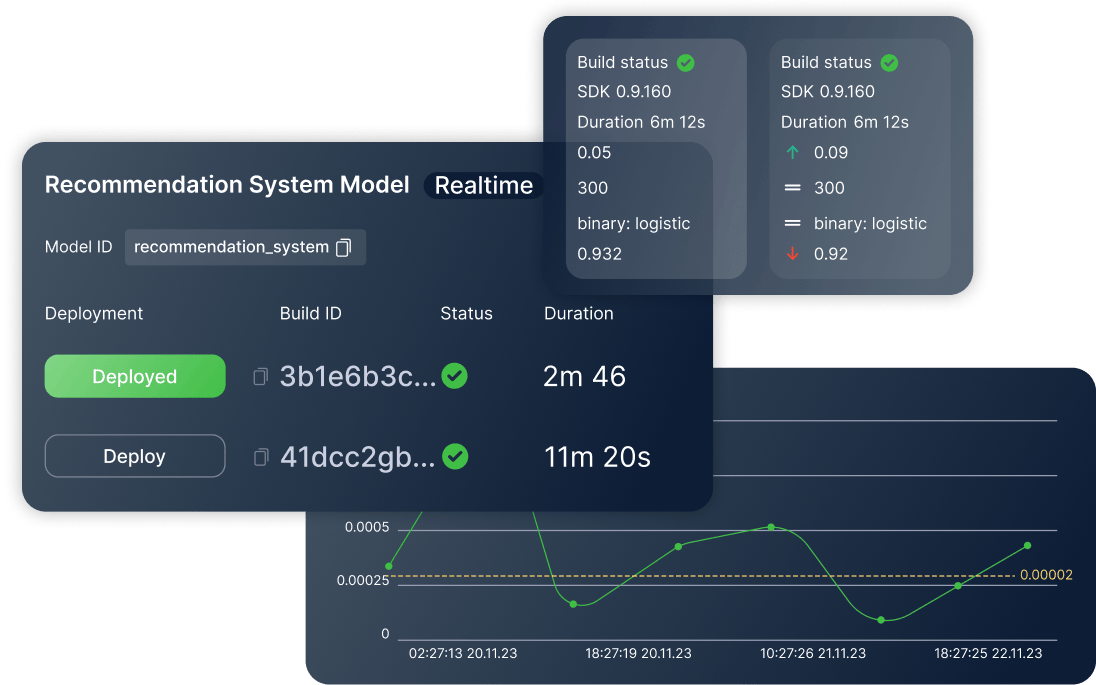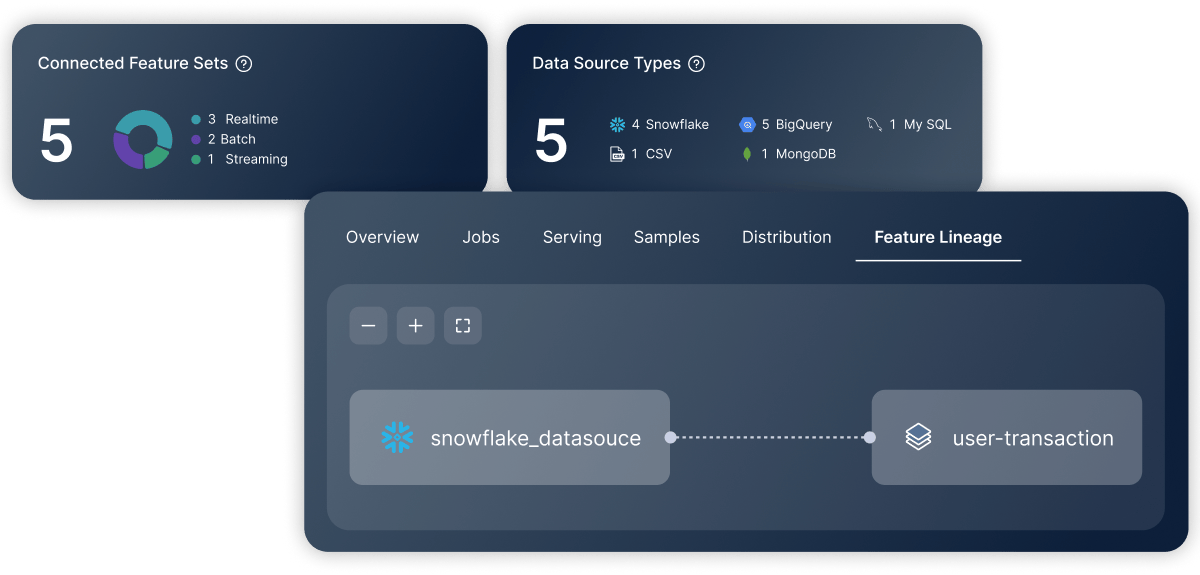helping to deliver secure software updates from code to the edge.
You have been redirected to the JFrog website
Was ist JFrog ML?
JFrog ML vereint die Tools, Integrationen, Umgebungen und den Out-of-the-Box Ansatz, die für eine erfolgreiche KI/ML Entwicklung nötig sind.
Geben Sie Ihren Data-Scientists, ML-Ingenieuren und KI-Entwicklern die Mittel an die Hand, um KI-Anwendungen und ML-Services einfach und zuverlässig in die Produktion zu bringen, indem Sie DevOps-Best-Practices auf KI/ML anwenden.
- Training, Bereitstellung und Monitoring von KI-Modellen
- Optimieren von KI-Modellen oder komplette Neuerstellung
- Large Language Model Anwendungen und Prompt Engineering
- Feature Lifecycle Management
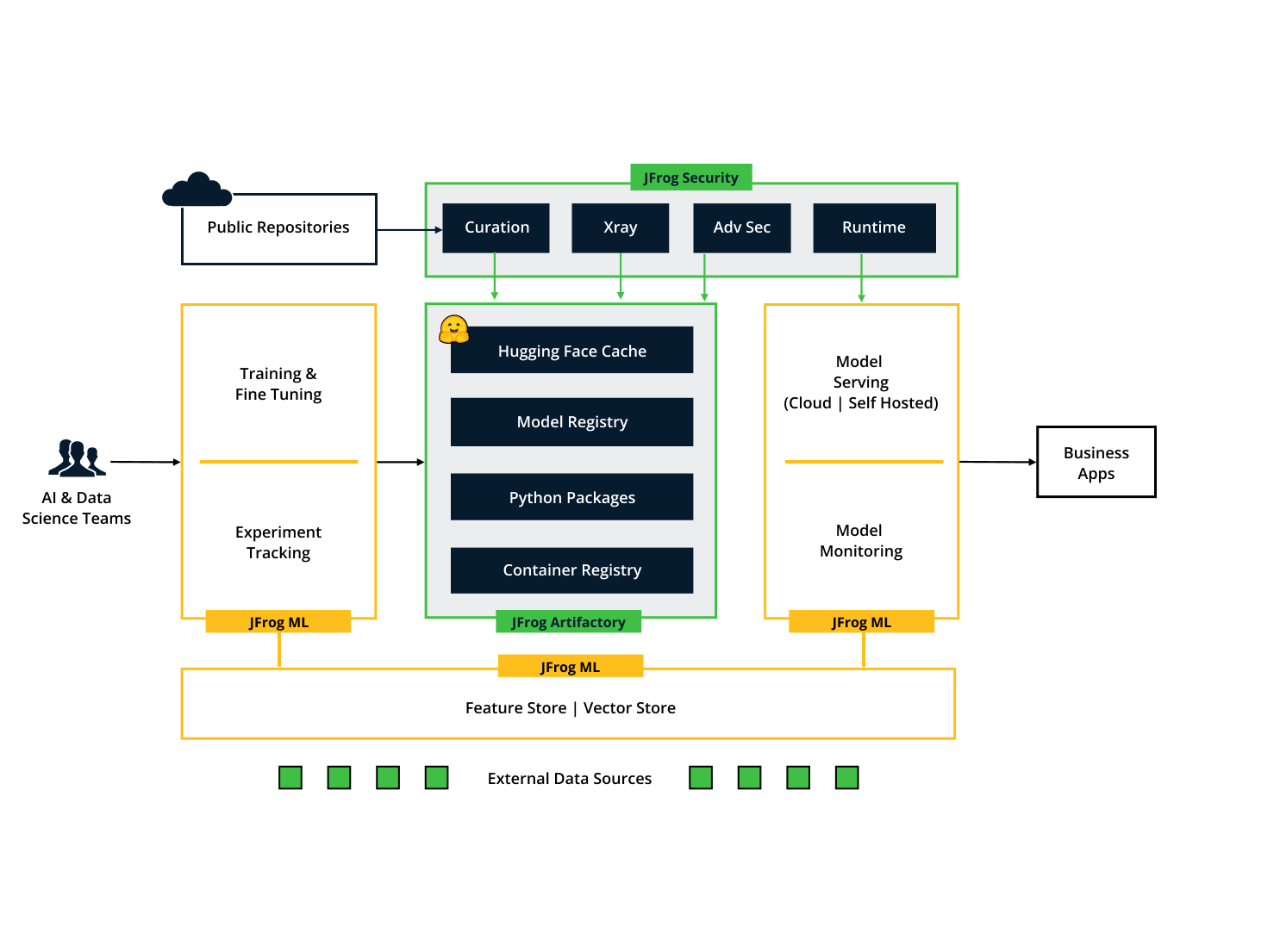
Eine einheitliche KI-Lösung für jeden Bedarf
Ihr gesamter KI/ML-Lebenszyklus auf
einer einzigen Plattform
Skalieren Sie Ihre KI/ML-Workflows im Handumdrehen und ersparen Sie sich die mühsame Verwaltung mehrerer Tools und Systeme für die Bereitstellung Ihrer KI.
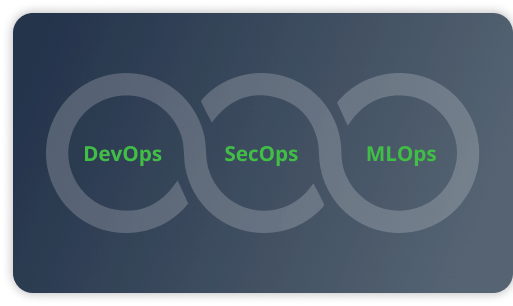
Geben Sie Ihren Entwicklern die nötigen Mittel an die Hand und erstellen Sie KI/ML, dem Sie vertrauen können
Integrieren Sie die KI-Entwicklung in Ihren bestehenden sicheren SDLC, ohne Abstriche bei der Produktivität zu machen. Als Teil der JFrog-Plattform verbindet JFrog ML DevSecOps und KI/ML auf entwicklerfreundlichste Weise.

Vereinfachen Sie das Feature
Engineering und Datenpipelines
Reduzieren Sie die Komplexität der skalierbaren Feature-Entwicklung mit dem integrierten Feature Store von JFrog ML. Vorbei sind die Zeiten, in denen große Datenmengen benötigt wurden, um Features ständig zu aktualisieren und die Datenverarbeitung effizient zu verwalten und zu skalieren.
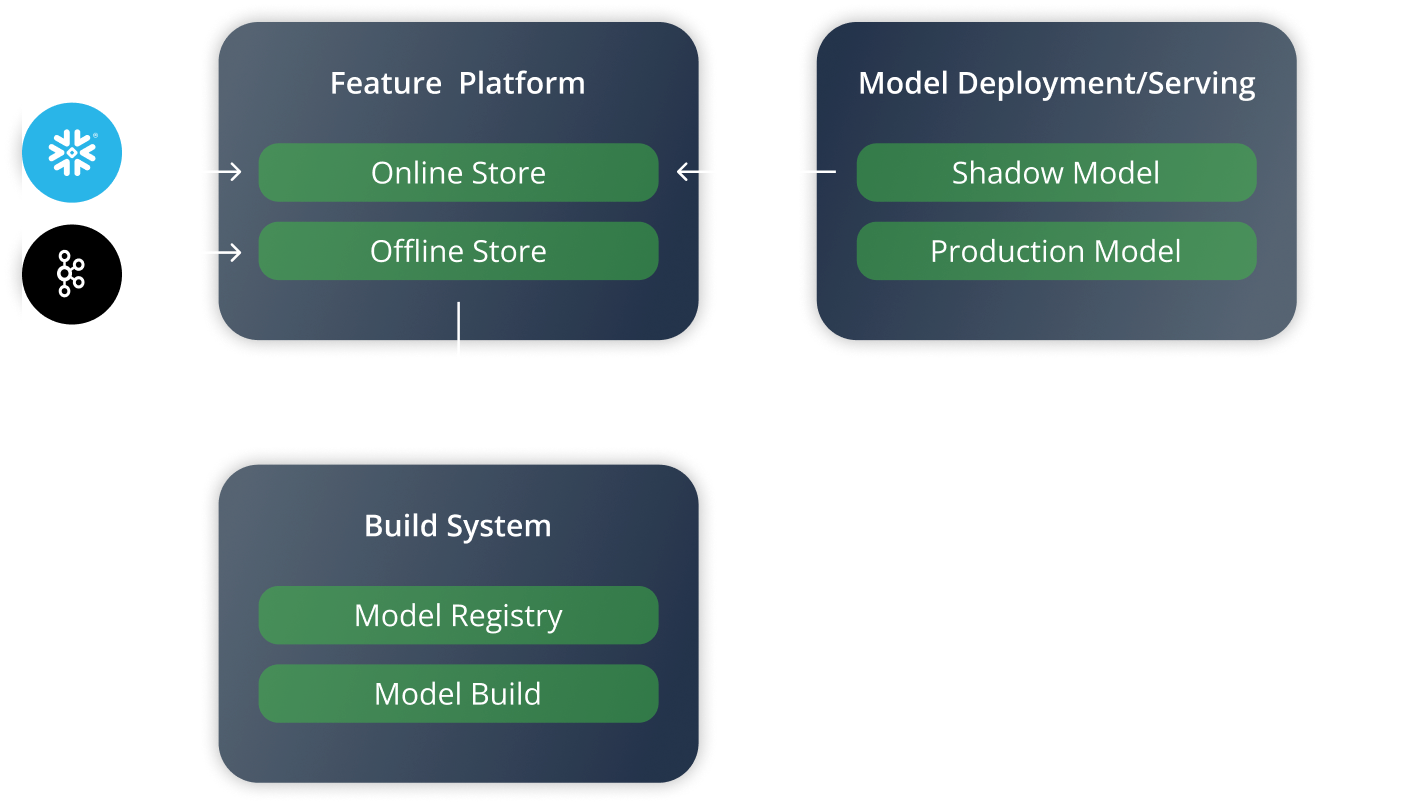
Bringen Sie alle KI-Stakeholder
an einen Tisch
Eine einheitliche Lösung für DevOps, Security, ML-Ingenieure, Data-Scientics, Produktmanager und KI-Fachleute, um KI-Projekte optimal zu koordinieren und gemeinsam weiterzubringen.
Universelle Modellbereitstellung
Deployment und Fine-Tuning beliebiger Modelle mit nur einem Klick, inklusive Embeddings und LLMs in jeder Größenordnung. Stellen Sie KI/ML-Dienste als API-Endpunkte bereit, führen Sie Batch-Inferenzen aus und machen Sie A/B-Tests.
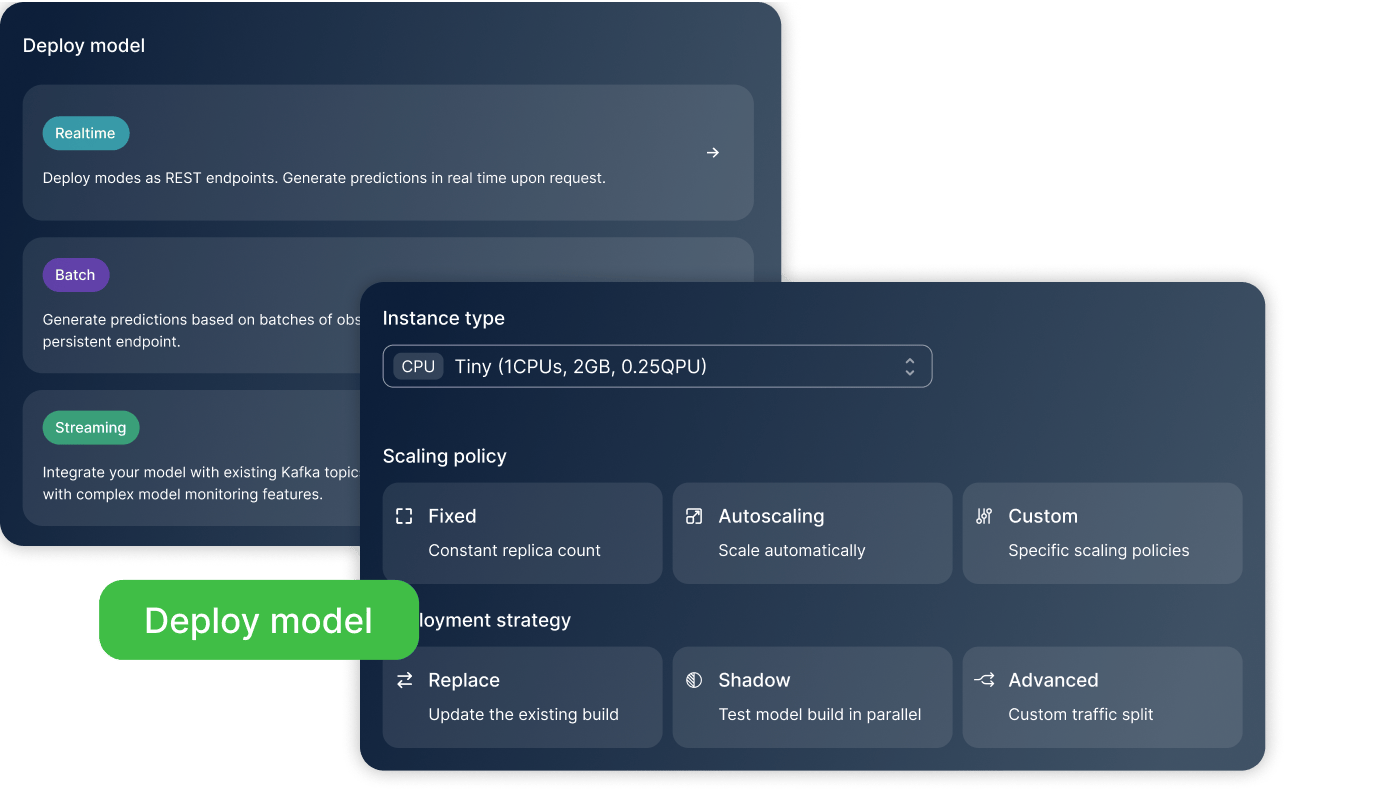
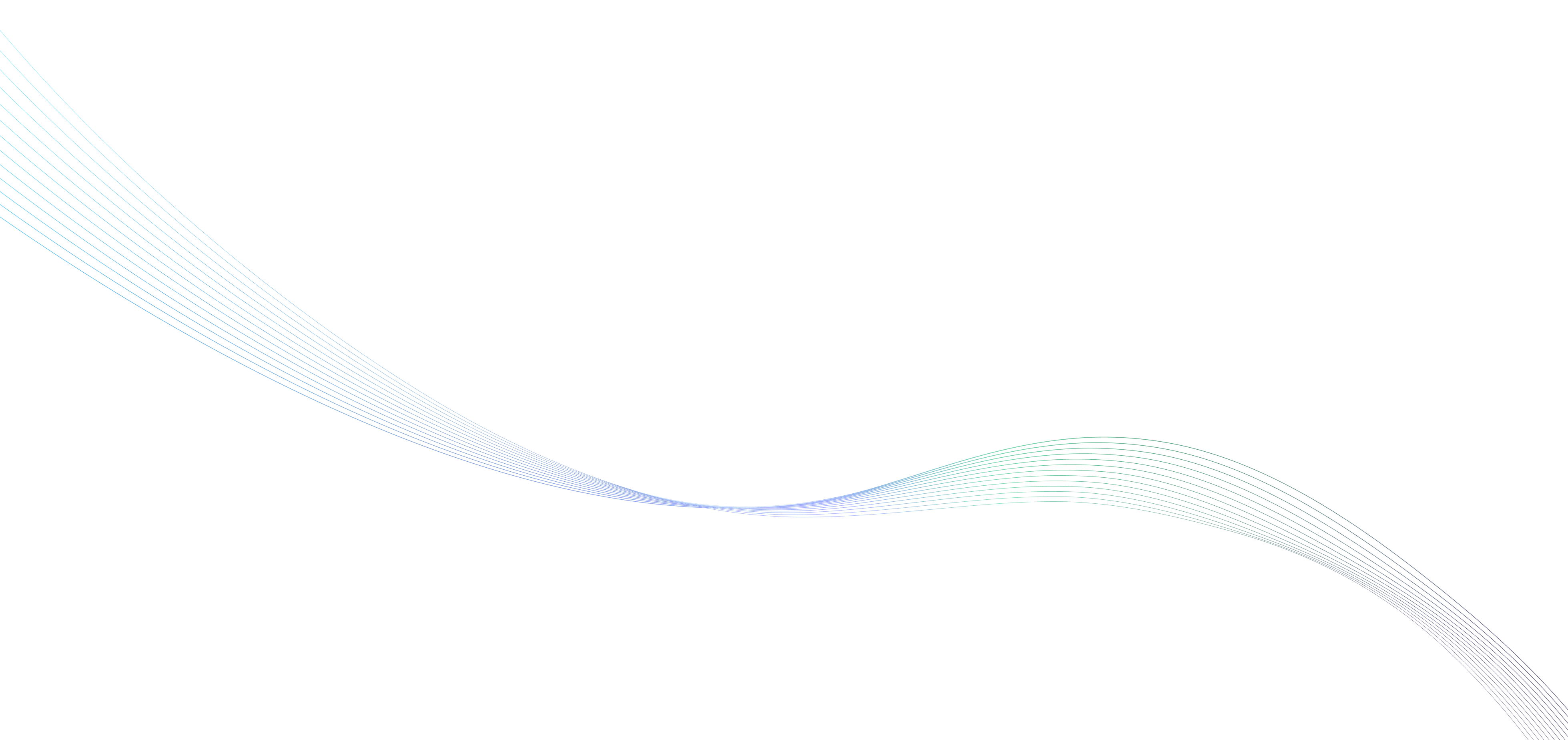

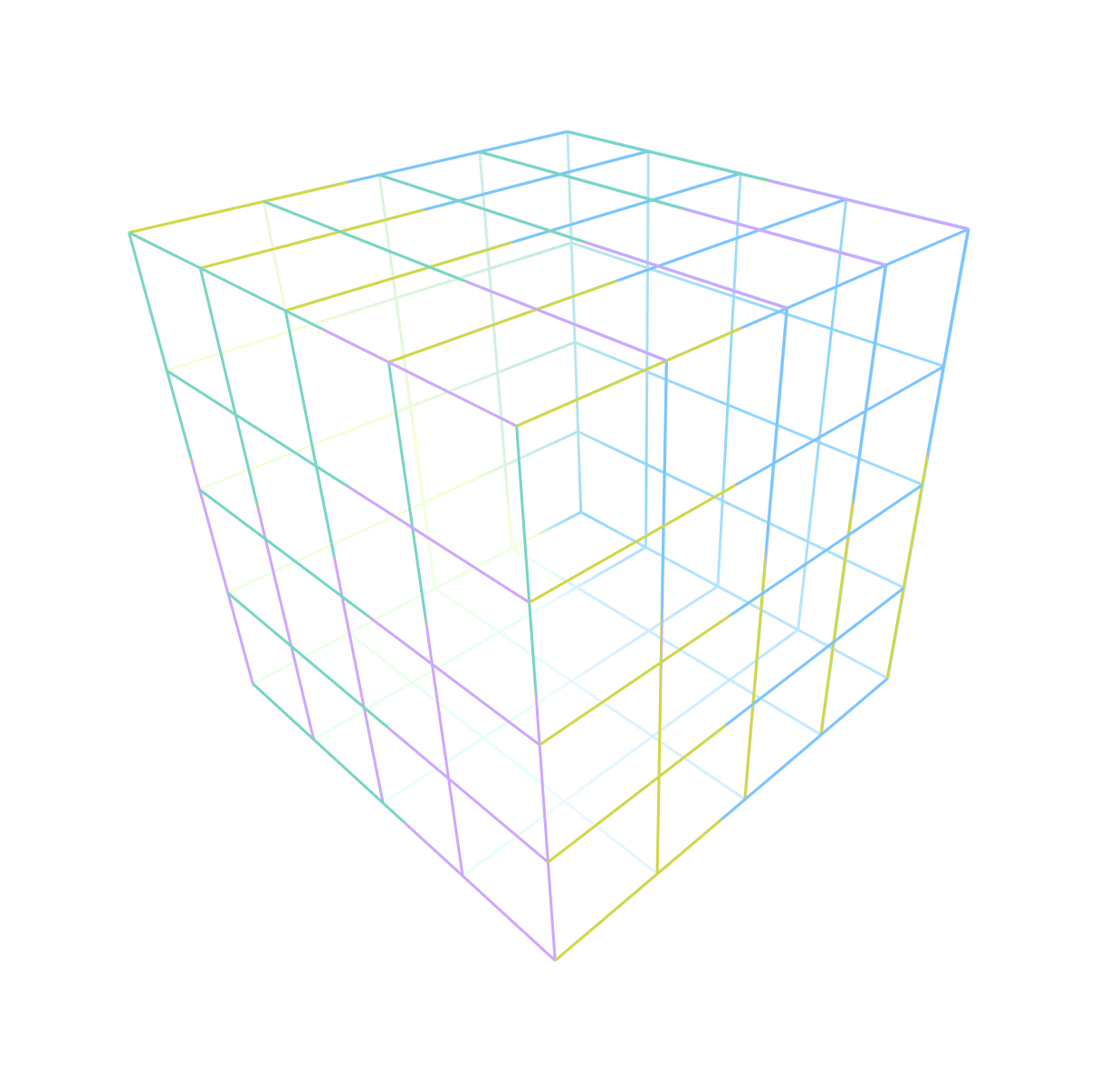
für Ihr Ökosystem

Noch heute mit JFrog durchstarten
Schauen Sie sich JFrog ML an, um zu entdecken, wie die besten ML-Engineering- und Data-Science-Teams ihre Modelle für die Produktion bereitstellen. Sagen Sie komplexen MLOps Lebewohl und starten Sie noch heute mit dem Deployment Ihrer ML & KI-Modellen
